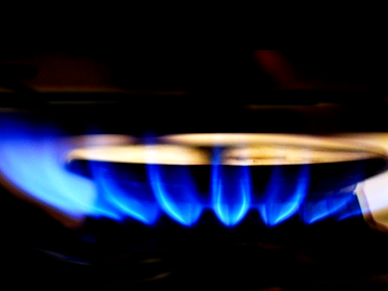Natural gas primarily contains methane. Impurities in the gaseous mixture must be removed before the methane can be put into the pipeline. Such natural gas processing typically uses high-temperature techniques that include high operating costs. Membrane-based separation processes are used to make the process more energy-efficient and environmentally friendly. Membranes made of polymers, zeolites, or metal-organic frameworks (MOFs) are effective in separating CO2 and N2 from CH4. However, their separation performance is negatively affected when high concentrations of higher hydrocarbons (propane, butane, etc.) and H2S are among the impurities.
Pramod Warrier and Carolyn A. Koh, Colorado School of Mines, Golden, USA, and colleagues propose a two-part system for separating impurities from natural gas to improve performance, reduce costs, and reduce ecological side effects compared to benchmark technologies.
Higher hydrocarbons and H2S form gas (clathrate) hydrates at much milder conditions compared to CH4, CO2, and N2. The hydrates form hydrogen-bonded water cages that trap the gases. It is a potentially selective way of trapping those gases. Different pressure and temperature conditions are required for impurity hydrates to form compared to methane hydrates. Theredfore, a selective hydrate formation could act as a separation step before membrane separation processes.
According to calculations of the researchers, their process could be an energy efficient approach to reduce the costs associated with natural gas purification. It can also serve as a model for other challenging molecular gas separations including flue gas treatment and hydrogen purification. The engineers are now focusing on proving their theoretical concept in laboratory experiments.
- Integrated gas hydrate-membrane system for natural gas purification,
Pramod Warrier, Naveed Khan, Moises Carreon, Cornelis Peters, Carolyn A. Koh,
J. Renew. Sust. Energy 2018.
https://doi.org/10.1063/1.5019967




